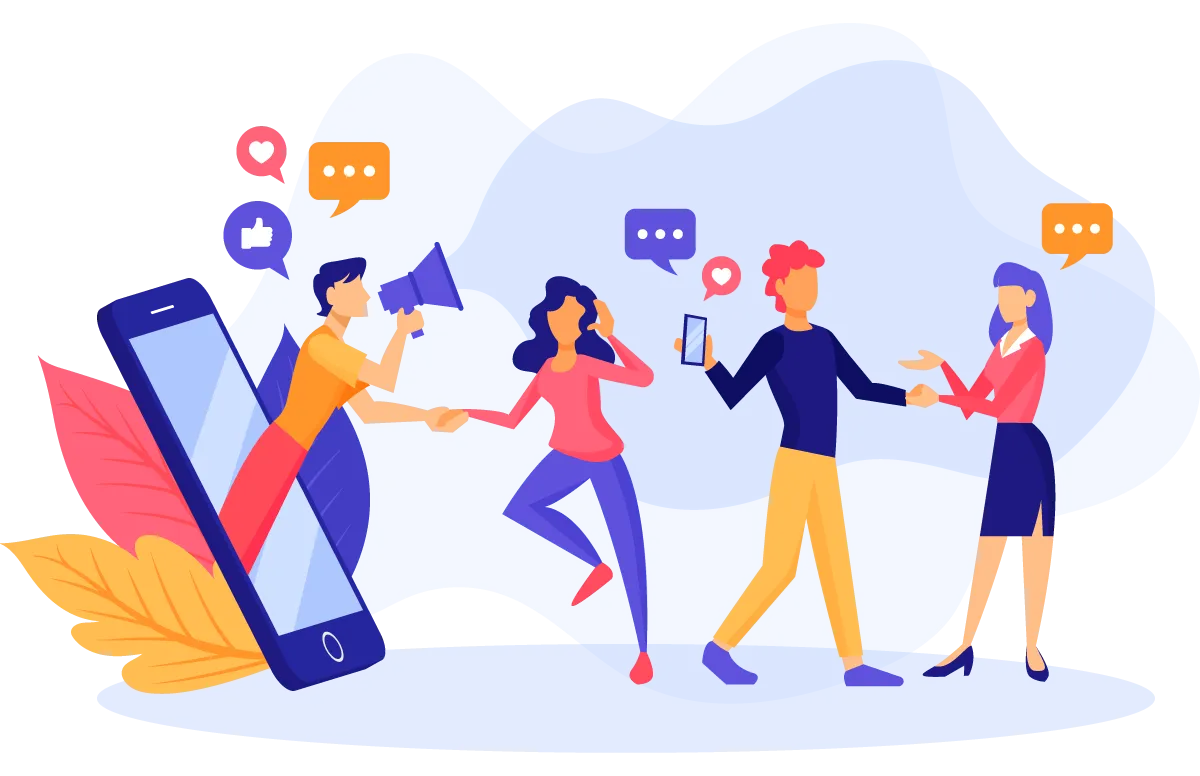Synchronous communication is one of the most important aspects of a successful team. It allows team members to share information, feedback, and ideas simultaneously without waiting for a response. This article will explore synchronous communication and how it’s achieved.
We’ll also provide tips and advice on successfully implementing it in your workplace. So whether you’re looking to achieve better collaboration or want to know more about this crucial aspect of teamwork, read on!
Opt for the best
communication app.

What Is Synchronous Communication?
Synchronous communication is a type of communication in which people communicate simultaneously. This means they can share information and ideas simultaneously, making it easier for them to cooperate and collaborate on tasks.
One of the biggest benefits of synchronous communication is that it allows people to be more engaged with the things they’re working on. They can stay focused and concentrate on what’s important, which leads to faster and better decision-making.
Furthermore, it also reduces the amount of time that is needed for discussions and collaboration, as well as reducing the amount of noise that is present in conversations.
Benefits Of Synchronous Communication
Synchronous communication is when people communicate immediately after committing to the communication. This allows for more immediate and effective communication, leading to better outcomes.
Here are some of the benefits of synchronous communication:
- It’s more efficient because it avoids unnecessary back and forth.
- It’s more effective because it reduces time spent on pointless conversations.
- It’s less stressful because it eliminates the uncertainty and chaos of delayed or unplanned communication.
- It’s more collaborative because it encourages teamwork instead of individual efforts.
Types Of Synchronous Communication
There are four main types of synchronous communication: face-to-face, telephone, email, and instant messaging.
Face-to-face communication involves meeting someone in person to talk or exchange information. Telephone communication is when you talk directly with someone on the phone.
Email communication is sending and receiving messages through email. Instant messaging is a form of electronic communication that allows you to communicate with people using short messages rather than lengthy conversations.
How Synchronous Communication Is Achieved?
Synchronous communication is a process where two or more people communicate as if everything is happening simultaneously.
This is often done to improve communication between team members and ensure everyone is on the same page.
There are several ways in which synchronous communication can be achieved. The most common way is using time-based systems, where messages are sent at set intervals (usually every 30 seconds).
Doing so ensures that everyone involved in the conversation knows what’s happening at all times and there’s no ambiguity or misinterpretation of what was said.
Another common way is through audio/video conferencing, which allows people to communicate with each other visually and hear each other. This makes it easier for people to share their thoughts and emotions without fear of misinterpretation or misunderstanding.
Potential Challenges Of Synchronous Communication
Several potential challenges can arise when using synchronous communication tools like Chatbots and Messaging Apps.
Some of the main challenges that these tools can face include the following:
- Lack of trust: People may not be willing to share their personal information with a Chatbot or Message App, which could limit its usefulness.
- Limited context: If people don’t understand the context in which a Chatbot or Message App is being used, they may struggle to use it effectively.
- Limited language compatibility: Because Chatbots and Message Apps rely on natural language processing, they may not be able to handle all types of languages. This could lead to frustration for users who cannot communicate with the tool properly.
- No feedback loop: If people don’t feel like they’re able to feedback on their experiences with a Chatbot or Message App, it will ultimately become less useful over time.
Conclusion
You’ve probably seen or experienced these communication styles while using a smartphone or an email client. In reality, things can go awry when dealing with work on various forefront.
That being said, what’s your organization’s favorite mode of communication? Synchronous or Asynchronous?
Let us know.
We look forward to hearing from you!
Simplify Meeting Management
with nTask!


